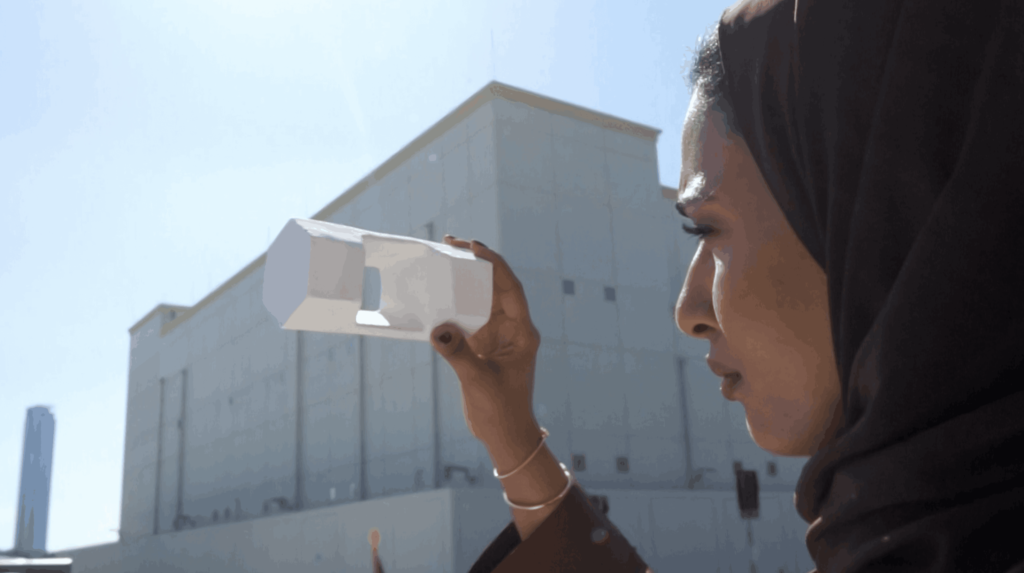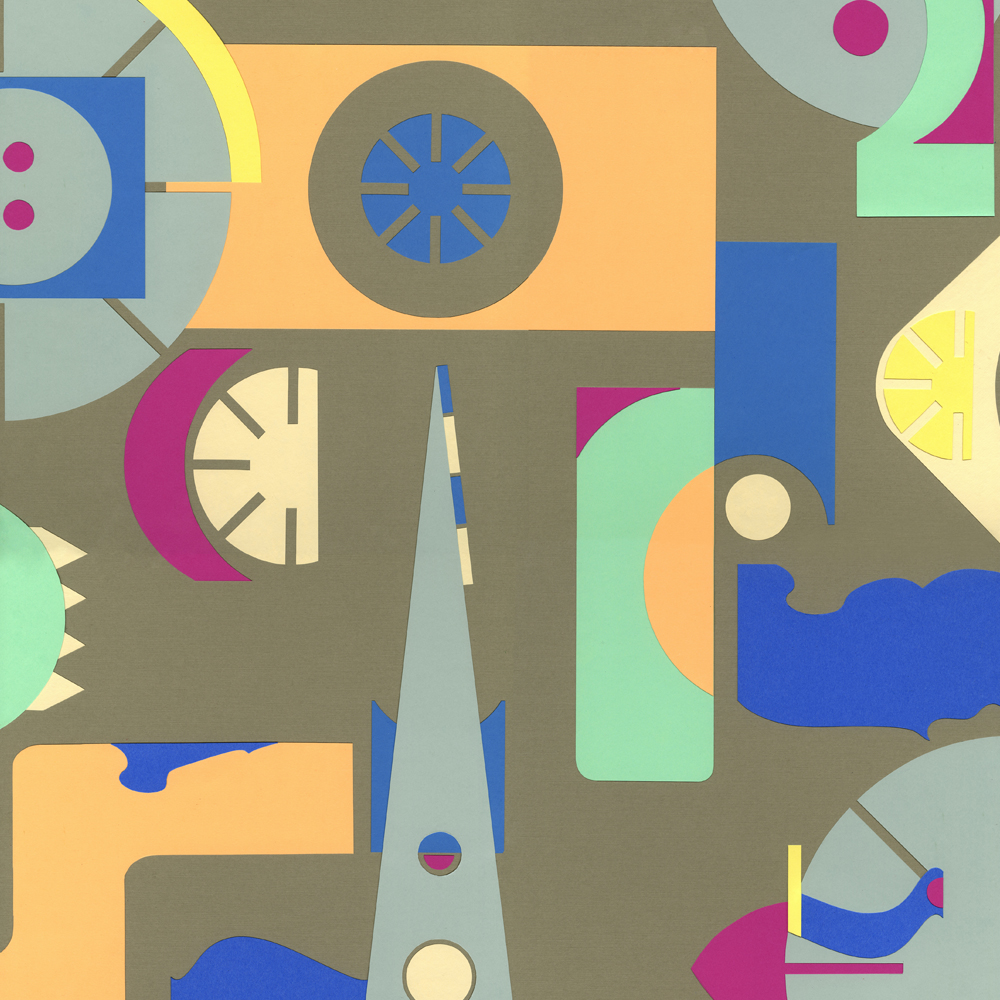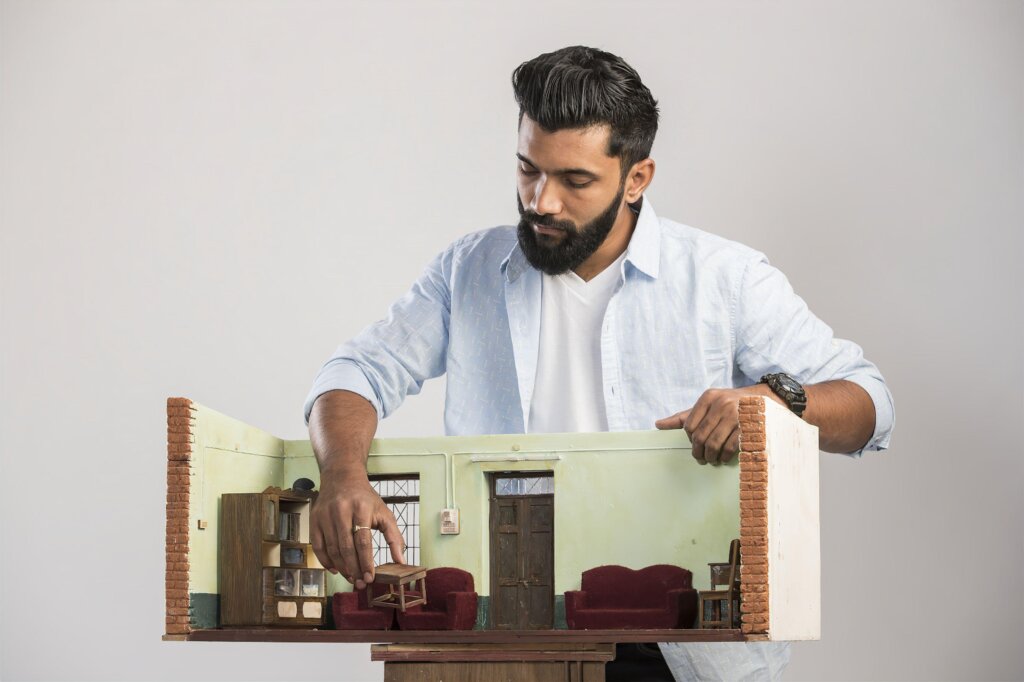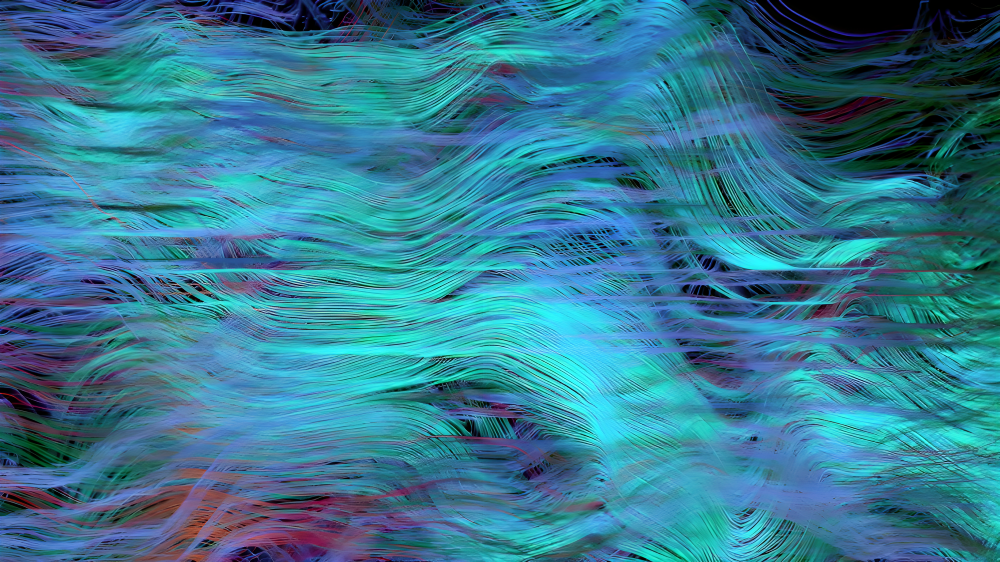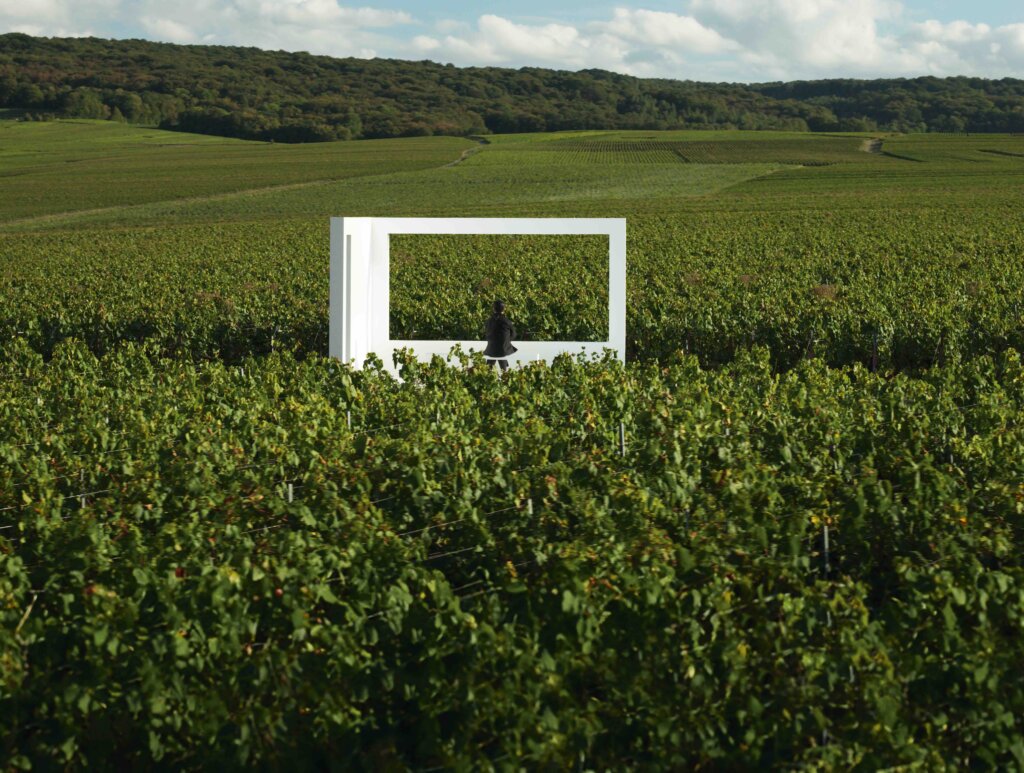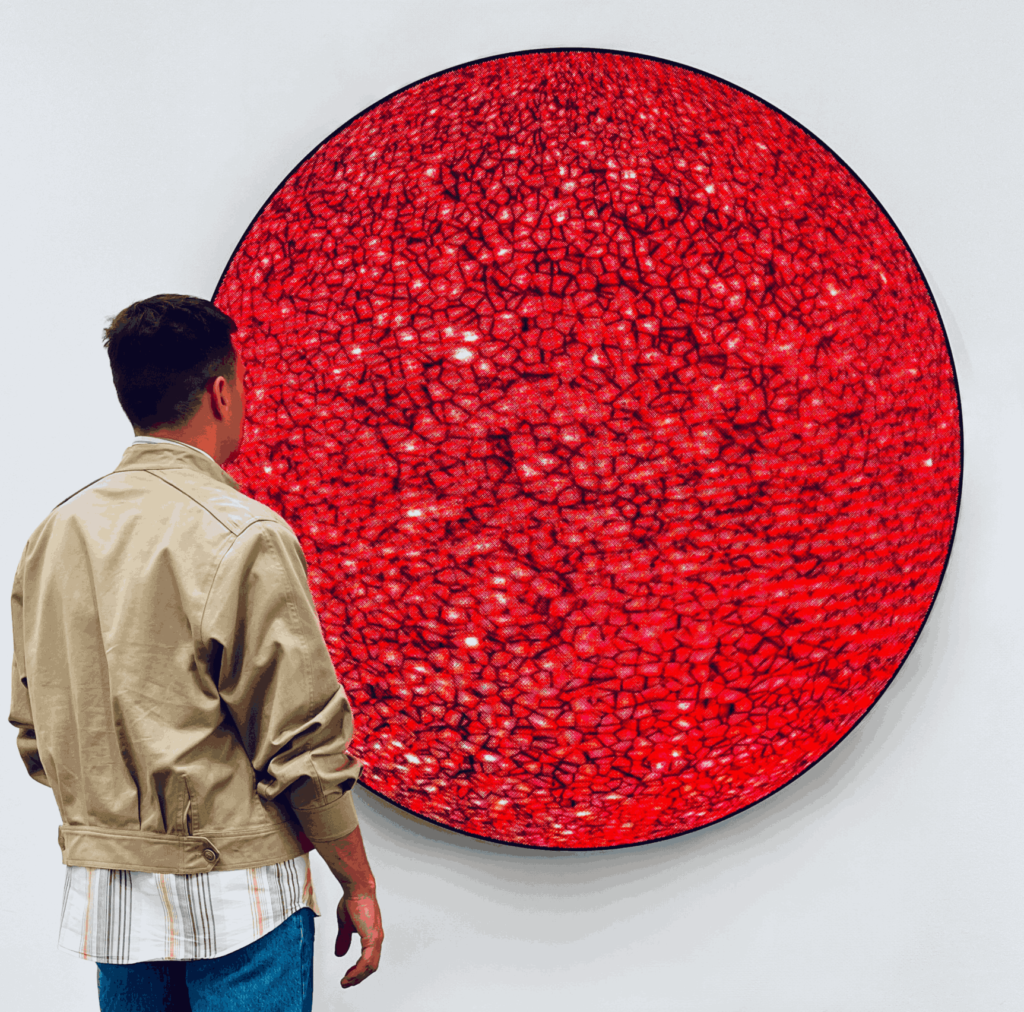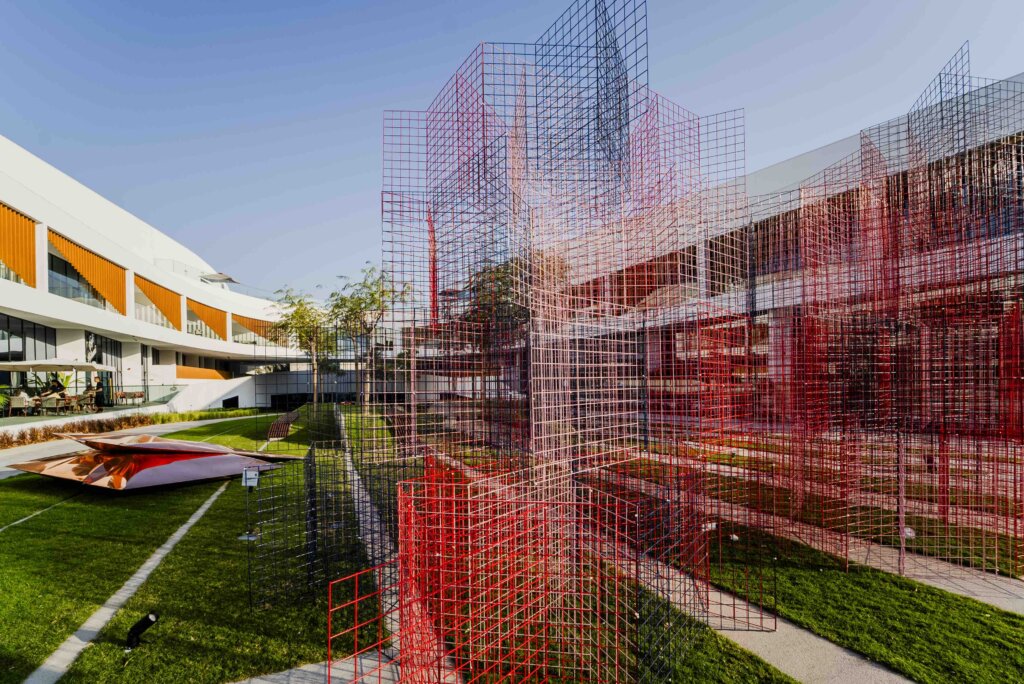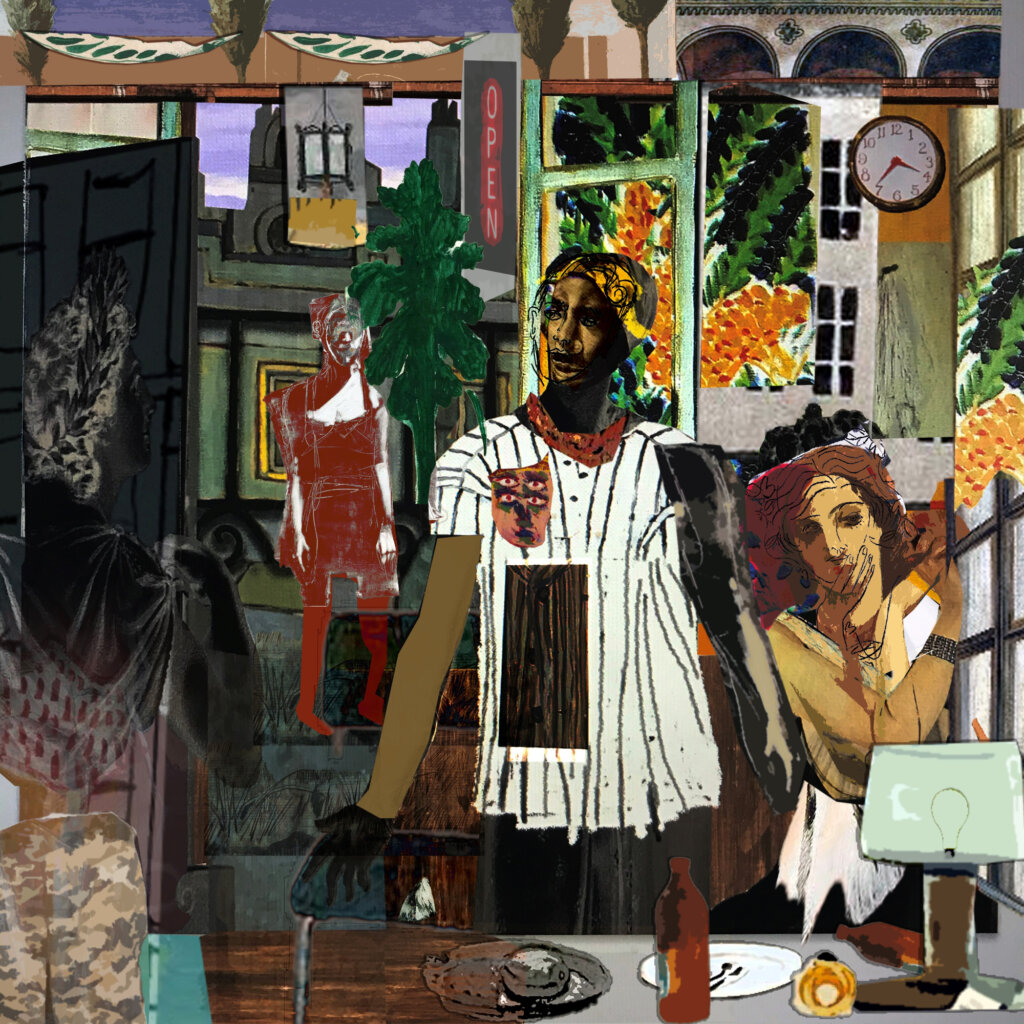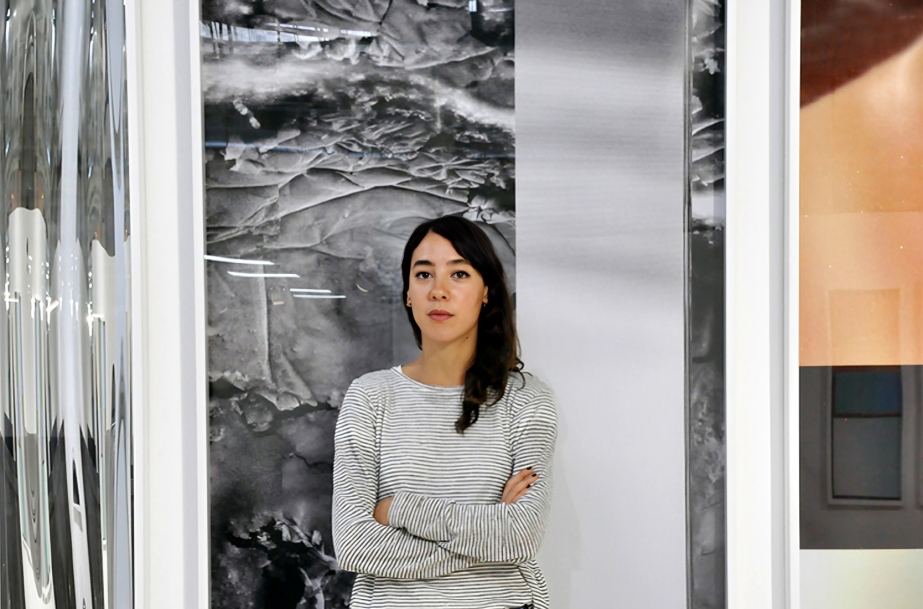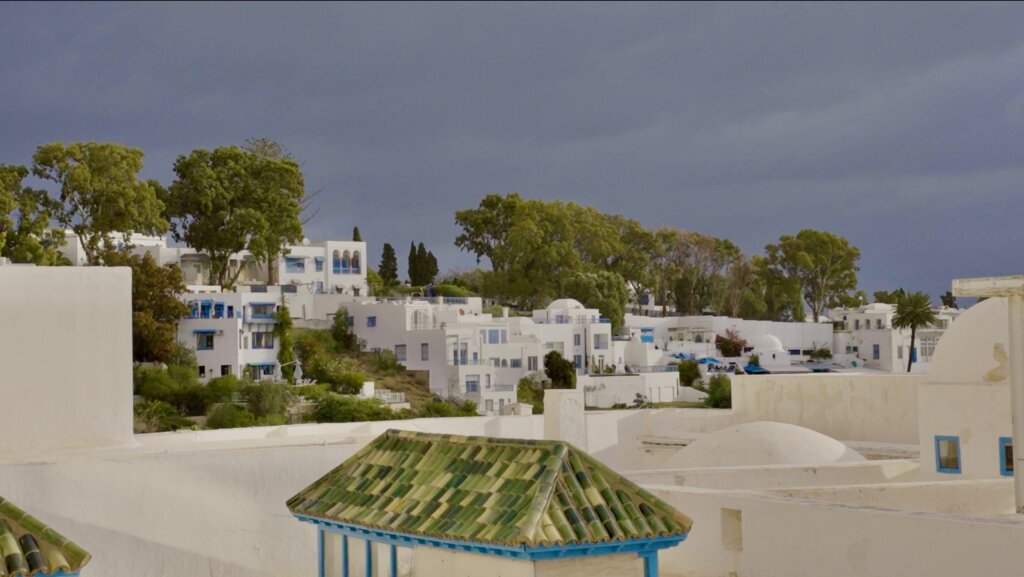Art Dubai spoke to Omar Berrada, curator of the 2017 Abraaj Group Art Prize, who shared his thoughts on the value of the Prize, the importance of touring art, and the the process of selecting a winning proposal. New-York based Berrada is a writer, translator and curator and the director of Dar al-Ma’mun, a library and artists residency in Marrakech.
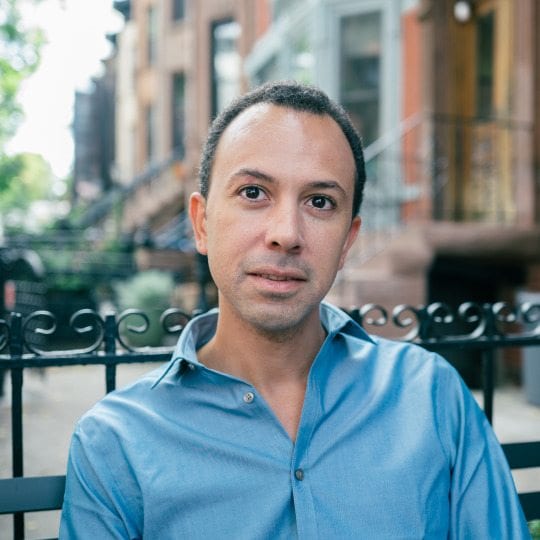
Omar Berrada, image courtesy of Franck Bohbot.
1. What does it mean to have been selected to curate the 2017 Abraaj Group Art Prize, in its ninth year?
It is an honour, and a heartwarming recognition by a jury of esteemed peers. Once that is digested though, what it really means is that I have some work to do!
2. Why did you apply? How did you hear about the Prize?
I have known about the Prize for a long time, having visited Art Dubai multiple times, and having many friends among the winning artists and guest curators of past editions. I had not applied before because my practice was less focused on curating exhibitions, but this year seemed like the right time.
3. What role do you think the Prize plays within the region – and internationally?
The Prize has generously and consistently supported artists in and of the MENASA region over the last nine years, providing a crucial platform for new productions and international exposure. It is a great nod to established artists, and a welcome push for younger ones. Also, Abraaj has a great record in terms of taking care of the pieces that have entered its collection through the prize, and of loaning them to other institutions. The works travel far and wide, and often.
4. What was it about Rana’s winning proposal that made it stand out?
Reading hundreds of applications is a process that is full of joys and surprises, but also of disappointment and boredom. Sometimes in the middle of the tunnel is a light so bright it takes on the quality of obviousness, a sudden clarity. That is what happened to me, and to the other jury members, with Rana Begum’s proposal. I am impressed by her expert attention to materials, light and colour, and by the way that her work seems to effortlessly extend the minimalist heritage of the likes of Agnes Martin, Fred Sandback or Donald Judd, while at the same time reclaiming Sufi aesthetics of repetition and ritual.
5. What was it that drew you to these pieces/artists from the hundreds of applicants? How did you find the process of choosing from a proposal rather than a completed final piece?
I like choosing from a proposal since, however developed, a proposal is still only a declaration of intentions, waiting to be confronted with the reality of matter, space – and budget. It opens the way for the curator to team up with the artist in a journey of joint research. A proposal is a promise of good times! Overall, there were a lot of great applications in the pool, including from established artists.
6. Have you worked with any of the artists before?
I have not worked with any on an exhibition, which is part of the excitement. Sarah Abu Abdallah was one of the participants in the Forum Fellows seminar that I led at Art Dubai in 2013.
7. We’re delighted that you’re working with Art Dubai again, having been a previous Co-Director of Global Art Forum in its eighth edition in 2014. What would you say are the developments that you’ve noticed in this time within the local and regional art scene?
The Global Art Forum is magical, like everything Shumon Basar does. I came as a speaker in 2013, and a Co-Director the following year. In this context I made new friends, discovered many brilliant books and projects, and was introduced to worlds I was not expecting. Beyond the “art scene” itself, the GAF experience gave me a sense of all the different worlds that the region encompasses, a sense of how different the universe looks like when viewed from Dubai. In Morocco where I grew up everything still seems to revolve around a Euro-Mediterranean center of gravity. From the UAE there is a more capacious sense of Southern internationalism on the horizon.
8. It must be complex bringing together artists from different countries, backgrounds and artistic styles. How do you see the exhibition coming together – will you work to a theme?
Rana Begum, Doa Aly, Raha Raissnia and Sarah Abu Abdallah are all exceptional and singular artists, at very different stages in their respective careers and, more crucially, with very different interests, mediums and methodologies. It is too early for details but as I delve through their work, I am beginning to see some intriguing echoes and links, which I look forward to exploring further and articulating into a thought-provoking exhibition.
9. Can you give us a hint about what visitors might see in the exhibition in March 2017?
Patience…




